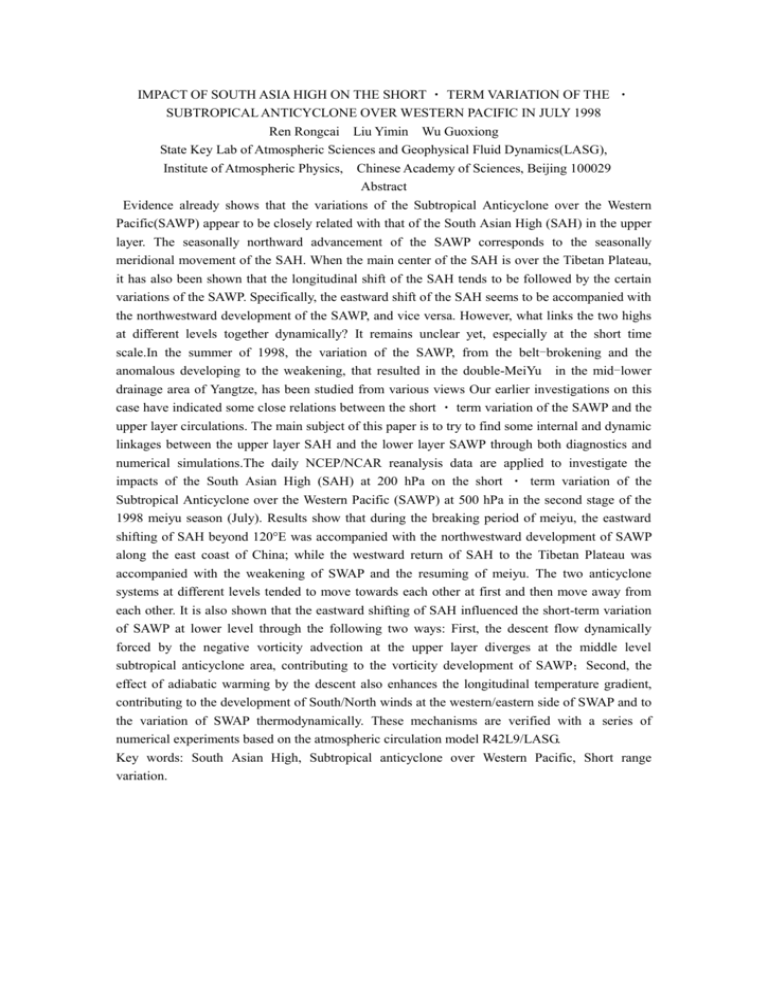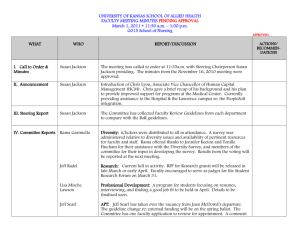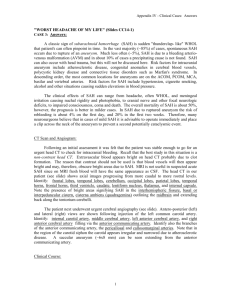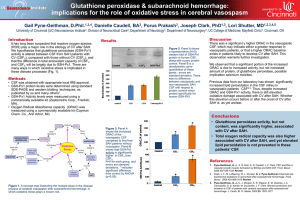impact of south asia high on the short term variation of the
advertisement

IMPACT OF SOUTH ASIA HIGH ON THE SHORT TERM VARIATION OF THE SUBTROPICAL ANTICYCLONE OVER WESTERN PACIFIC IN JULY 1998 Ren Rongcai Liu Yimin Wu Guoxiong State Key Lab of Atmospheric Sciences and Geophysical Fluid Dynamics(LASG), Institute of Atmospheric Physics, Chinese Academy of Sciences, Beijing 100029 Abstract Evidence already shows that the variations of the Subtropical Anticyclone over the Western Pacific(SAWP) appear to be closely related with that of the South Asian High (SAH) in the upper layer. The seasonally northward advancement of the SAWP corresponds to the seasonally meridional movement of the SAH. When the main center of the SAH is over the Tibetan Plateau, it has also been shown that the longitudinal shift of the SAH tends to be followed by the certain variations of the SAWP. Specifically, the eastward shift of the SAH seems to be accompanied with the northwestward development of the SAWP, and vice versa. However, what links the two highs at different levels together dynamically? It remains unclear yet, especially at the short time scale.In the summer of 1998, the variation of the SAWP, from the belt-brokening and the anomalous developing to the weakening, that resulted in the double-MeiYu in the mid-lower drainage area of Yangtze, has been studied from various views Our earlier investigations on this case have indicated some close relations between the short term variation of the SAWP and the upper layer circulations. The main subject of this paper is to try to find some internal and dynamic linkages between the upper layer SAH and the lower layer SAWP through both diagnostics and numerical simulations.The daily NCEP/NCAR reanalysis data are applied to investigate the impacts of the South Asian High (SAH) at 200 hPa on the short term variation of the Subtropical Anticyclone over the Western Pacific (SAWP) at 500 hPa in the second stage of the 1998 meiyu season (July). Results show that during the breaking period of meiyu, the eastward shifting of SAH beyond 120°E was accompanied with the northwestward development of SAWP along the east coast of China; while the westward return of SAH to the Tibetan Plateau was accompanied with the weakening of SWAP and the resuming of meiyu. The two anticyclone systems at different levels tended to move towards each other at first and then move away from each other. It is also shown that the eastward shifting of SAH influenced the short-term variation of SAWP at lower level through the following two ways: First, the descent flow dynamically forced by the negative vorticity advection at the upper layer diverges at the middle level subtropical anticyclone area, contributing to the vorticity development of SAWP;Second, the effect of adiabatic warming by the descent also enhances the longitudinal temperature gradient, contributing to the development of South/North winds at the western/eastern side of SWAP and to the variation of SWAP thermodynamically. These mechanisms are verified with a series of numerical experiments based on the atmospheric circulation model R42L9/LASG. Key words: South Asian High, Subtropical anticyclone over Western Pacific, Short range variation.






